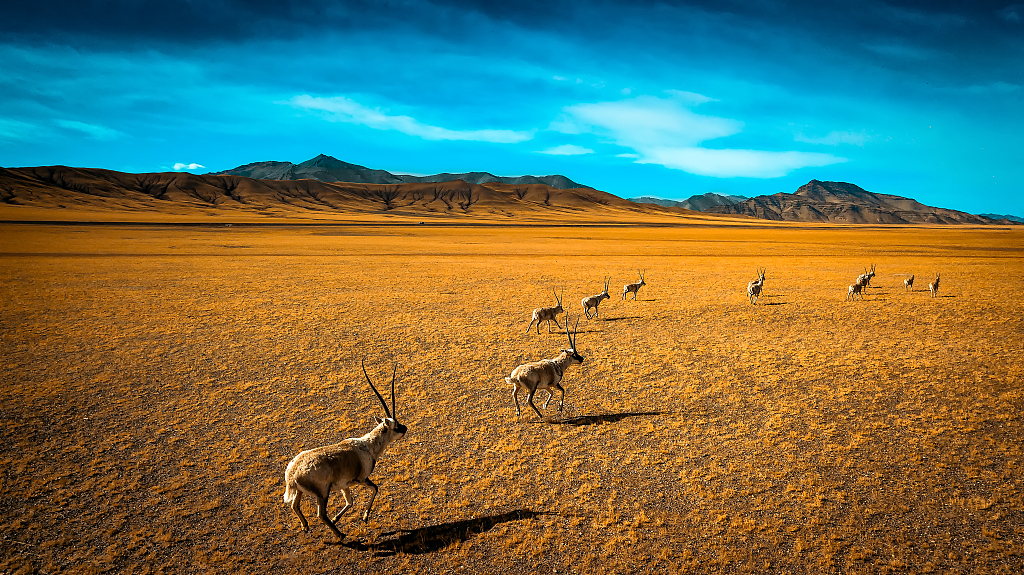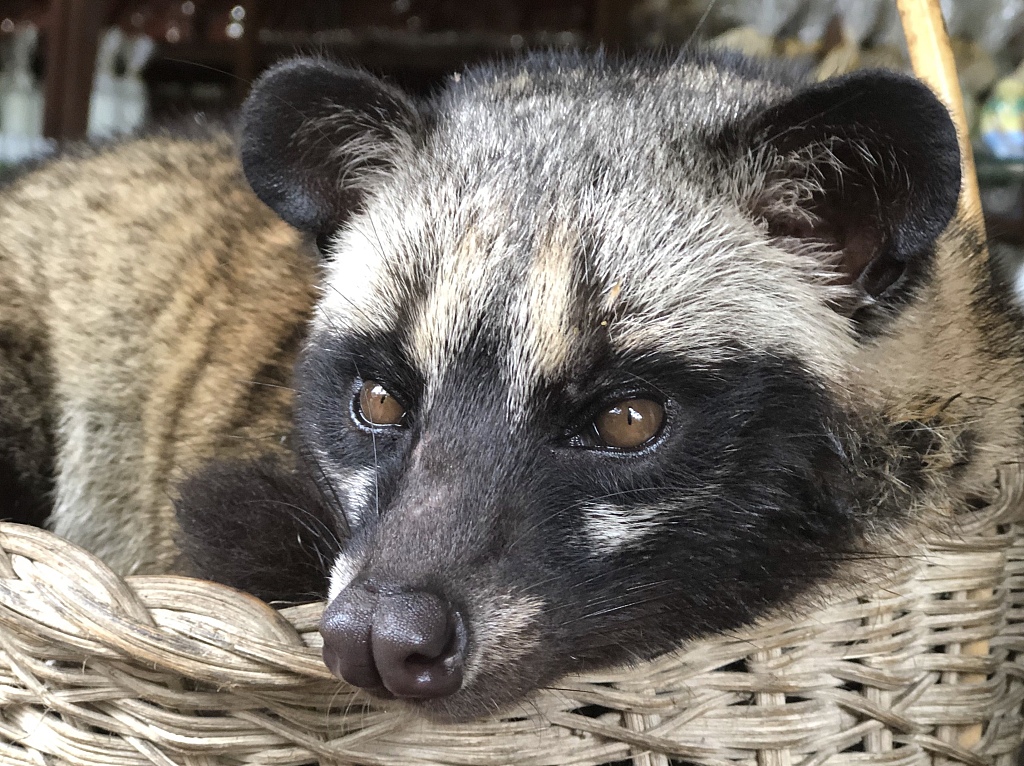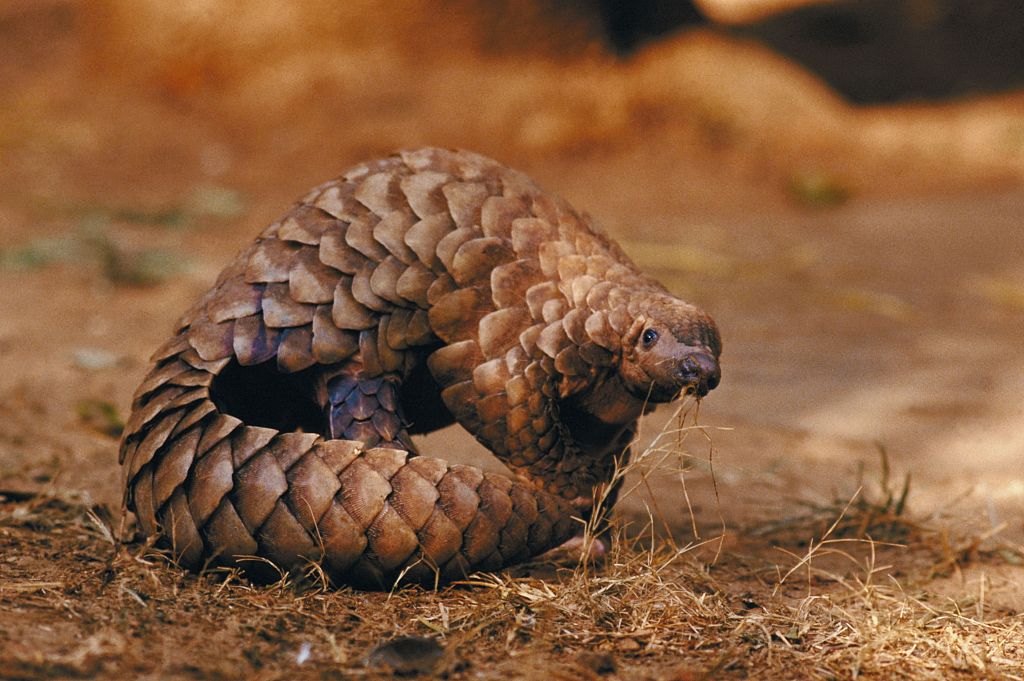China's top conservation authority recently proposed a new list of wild animals that are under State priority conservation — the first time the list has been overhauled since 1988 — and has started to collect public opinion on the issue.
Released on Friday by the National Forestry and Grassland Administration and the Ministry of Agricultural and Rural Affairs, the list is part of China's efforts to enhance regulations on wildlife protection.

The Yangtze finless porpoise is going under first-class state protection. /VCG
The Yangtze finless porpoise is going under first-class state protection. /VCG
According to the proposed list, 55 wild animals will see upgraded protection from the second to first level, including the Yangtze finless porpoise, jungle cat, spotted seal and Eurasian elk.
There are five species that will have their protection level degraded to the second level due to successful protection efforts in recent years: Assam macaque, Burmese python, Tibetan wild donkey, Tibetan antelope and Siberian ibex.
The Tibetan wild donkey has seen a significant population increase, according to statistics from the administration. In the Three-River-Source National Park, one of the species' major habitats, its total population was about 40,000 by the end of last year. The area is home to the headwaters of the Yangtze, Yellow and Lancang rivers.

While animals with first-level status receive greater protection and cannot be captured without a permit from a national-level wildlife department, animals with second-level status can be captured with only provincial-level approval, according to the administration.
Moreover, 347 species have also been added to the list, including white-cheeked macaque, large-spotted civet, Asian palm civet and sloth bear.

The Asian palm civet is going to be added into the list. /VCG
The Asian palm civet is going to be added into the list. /VCG
"It will help to save those valuable and endangered wild animals. It will also benefit the country's biological diversity and the balance of ecosystems, contributing to the construction of China's ecological civilization," said a paper released on Friday explaining the list.
In 2018, Zhang Endi and Ma Jin, members of the Chinese People's Political Consultative Conference (CPPCC) National Committee, pointed out that the old list affected the protection of endangered species in China. During last year's Two Sessions, Wan Jie, chairman of Artron Art Group and also a CPPCC member, also proposed updating the list.
Wu Shibao, a zoology and ecology professor at South China Normal University in Guangzhou, said the new list would provide improved protection for animals.
"It means that the species with their protection levels being upgraded will see strict supervision in terms of law enforcement, management and exploitation while those newly-added animals will also gain better protection," he said.

Protection levels upgraded will be strictly supervised by law enforcement, said Wu. /VCG
Protection levels upgraded will be strictly supervised by law enforcement, said Wu. /VCG
Last January, experts from several departments started to draft the list. In the following months, the draft was approved by experts and officials from related departments across the country.
The list also considered the country's wild species in the International Union for Conservation of Nature's red list and gives priority to the wild animals that are critically endangered, including the Yangtze finless porpoise, which is categorized as critically endangered by the IUCN due to human activity such as illegal fishing and land reclamation and now has a total population of about 1,000, according to official statistics.

Protection level for pangolins is going to be upgraded. /VCG
Protection level for pangolins is going to be upgraded. /VCG
A key change proposed by the new list is upgrading the protection for pangolins to the first level, affording it the same status to the Indian and Sunda pangolins "as a means for possible protection needs in the future," the explanation paper said.
Moreover, the list contains more than 100 birds that were afforded official protection for the first time, including some species commonly treated in markets as pets, such as the Chinese hwamei and Eurasian skylark.
According to a notice released by the two departments, the public can get in touch via e-mail, post or a call to relevant hotlines. The deadline for submitting an opinion is July 19.
(Cover image: A jungle cat. /VCG)
(If you want to contribute and have specific expertise, please contact us at nature@cgtn.com.)
Source(s): China Daily